Your 2007 Garden? Let's chat!
Violet_Z6
17 years ago
Related Stories

GARDENING AND LANDSCAPINGRoom of the Day: S’mores, a Swing and Fireside Chats on a Front Porch
Wanting to connect with neighbors, these homeowners looked to their front yard to create an outdoor living space
Full Story
GARDENING GUIDESAttract Hummingbirds and Bees With These Beautiful Summer Flowers
Roll out a welcome mat for pollinators to keep your landscape in balance and thriving
Full Story
GARDENING AND LANDSCAPINGPorch Life: Banish the Bugs
Don't let insects be the bane of your sweet tea and swing time. These screening and product ideas will help keep bugs at bay on the porch
Full Story
GARDENING FOR BUTTERFLIES3 Ways Native Plants Make Gardening So Much Better
You probably know about the lower maintenance. But native plants' other benefits go far beyond a little less watering and weeding
Full Story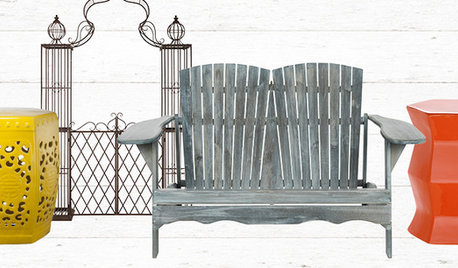
SHOP HOUZZShop Houzz: Up to 70% Off Garden Stools, Benches and Trellises
Spruce up your garden with colorful stools, charming benches and arbors
Full Story0

INSPIRING GARDENSNative Plants Bring 10 Southern California Front-Yard Gardens to Life
Rare plants, rain gardens and wildlife habitats are just a few of the features showcased on the 2016 Theodore Payne Native Plant Garden Tour
Full Story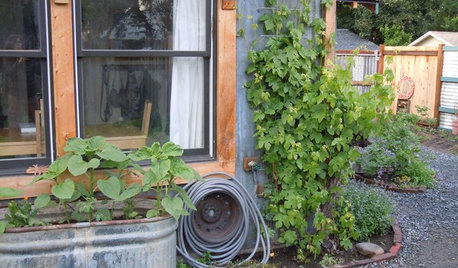
GARDENING GUIDESEdible Gardening Essentials: Tips for Traditional Hand Watering
Save the expense and hassle of a complicated garden system with a simple watering can or inexpensive hose add-ons
Full Story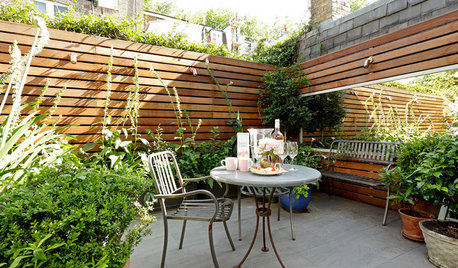
CONTAINER GARDENSPocket Gardens, Pint-Size Patios and Urban Backyards
A compact outdoor space can be a beautiful garden room with the right mix of plantings, furniture and creativity
Full Story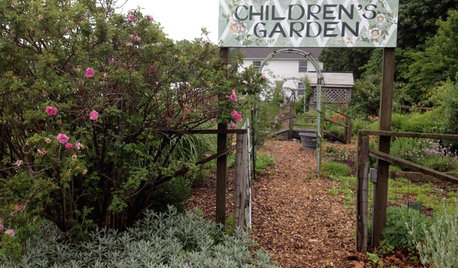
GARDENING GUIDESField Trip: Gather Ideas on a DIY Garden Tour
Get inspired by one gardener's local tour, then check out her suggestions for unofficial tours of your own
Full Story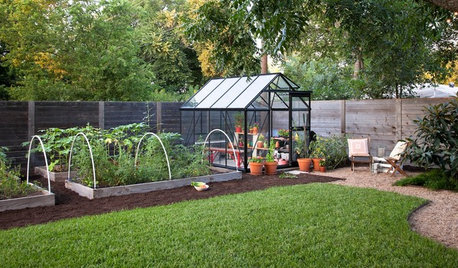
EDIBLE GARDENSA Formerly Weedy Lot Now Brims With Edibles and Honeybees
Photographers transform their barren backyard into an oasis filled with fruit, vegetables, honey, eggs and more
Full Story





cyumickey
digit
Related Professionals
Wakefield Landscape Contractors · Framingham Landscape Contractors · Lorain Landscape Contractors · Mission Viejo Landscape Contractors · North Potomac Landscape Contractors · Panama City Beach Landscape Contractors · Round Lake Landscape Contractors · Sammamish Landscape Contractors · Setauket-East Setauket Landscape Contractors · West Allis Landscape Contractors · Bensenville Landscape Contractors · Beaufort Roofing & Gutters · Boerne Roofing & Gutters · Cincinnati Roofing & Gutters · New Orleans Roofing & Guttersnms2k
nms2k
digit
fliptx
digit
fliptx
zeedman Zone 5 Wisconsin
digit
olympia_gardener
saija
eswar
saija
lzc10
eswar
saija
digit
saija
girlgroupgirl
Violet_Z6Original Author
girlgroupgirl
npthaskell
Violet_Z6Original Author
mzbeeaz
Violet_Z6Original Author
newgar
reefisher
girlgroupgirl
jwr6404
Violet_Z6Original Author
jwr6404
girlgroupgirl
Violet_Z6Original Author
Violet_Z6Original Author
chaman
chaman
chaman
Violet_Z6Original Author
chaman
chaman
Violet_Z6Original Author
nan123
nan123
chaman
fliptx
digit
fliptx
digit
fliptx